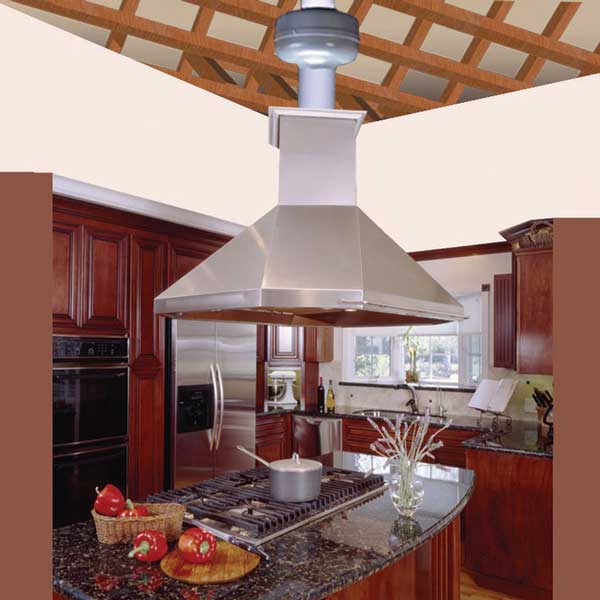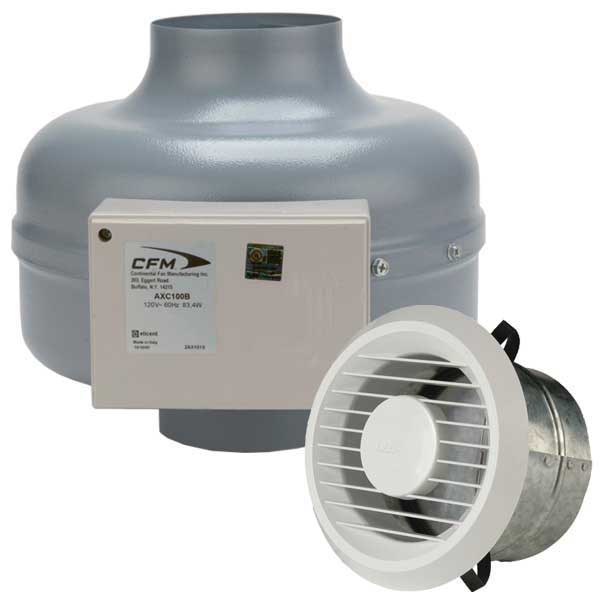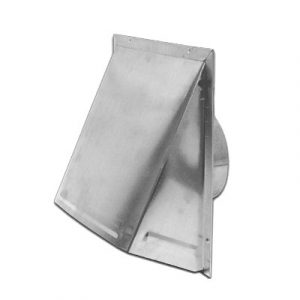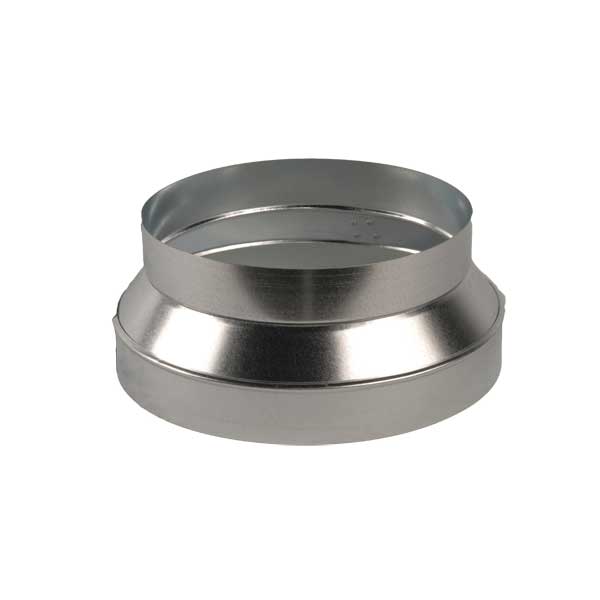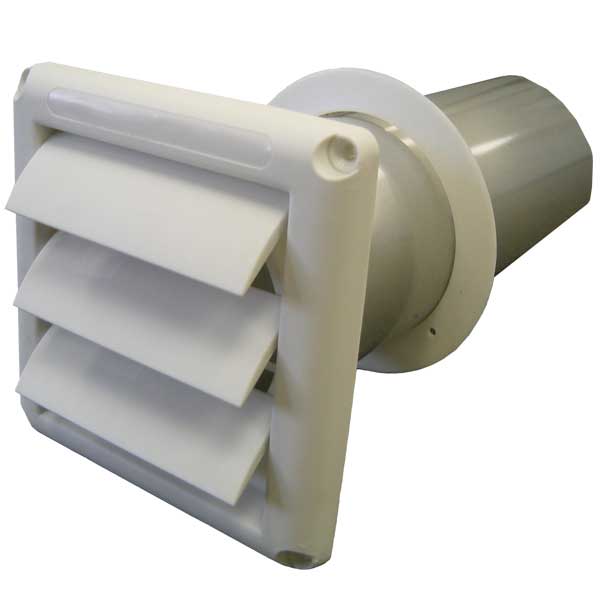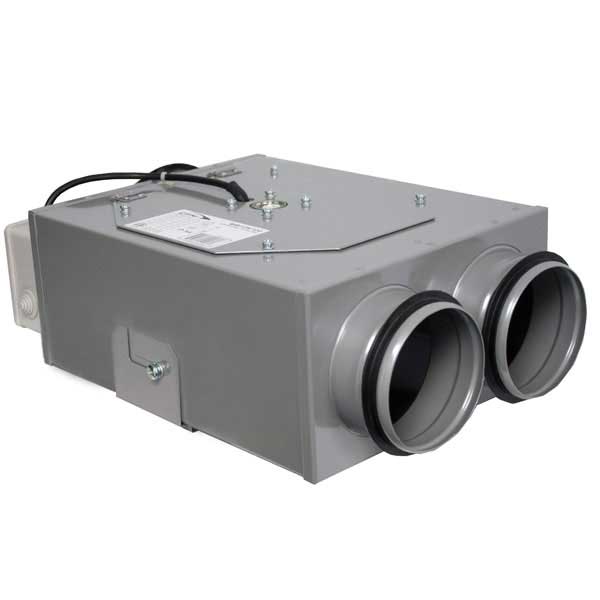Products
Residential Range Hood Exhaust
Description
HOW WELL DOES YOUR RESIDENTIAL RANGE HOOD EXHAUST PERFORM?
Whether one is an active parent on the go, or a clandestine gourmet chef moonlighting at a day job, the kitchen is the heart of a home. This is where the household congregates for breakfast, reviews daily activities, and enjoys family dinners. All too often, kitchens can be marred by smoke and odors due to an inefficient residential range hood exhaust.
In-line duct fans are a simple solution for an inefficient residential range hood exhaust. In-line duct fans can be used as a principle exhaust fan or as a booster fan to improve the efficiency of an existing residential range hood. These fans may be speed controlled with an independent speed controller, or by tying into an existing range hood controller.
AXC in-line duct fans and EXT external mount duct fans are ideal for range hood exhaust.
What if a range hood isn’t an option?
Not every home or remodel is suited for a residential range hood exhaust to ventilate the kitchen. Homeowners can still evacuate the smoke and odor produced from cooking, with the same quiet and efficient exhaust fans used in range hood ventilation. Continental Fan recommends using ceiling grilles combined with an AXC in-line duct fan, AXP in-line duct fan, or EXT external mount fan and a variable speed control. Ceiling grilles can be installed directly over the area you want to target, so when in use the fumes will not linger around the house.
How to size a Residential Range Hood Exhaust Fan:
The following minimum recommendations follow guidelines published by the Home Ventilating Institute (HVI):
- Wall Mounted Range Hood:
– 100 cfm per foot of hood width (36” range would require a minimum 300 cfm) - Island Style Range Hood:
– 150 cfm per foot of hood width (36” range would require a minimum 450 cfm)
Note: Local building codes, as well as any recommendations provided by the range and range hood manufacturers, should be consulted before making a fan selection.

1967 Wehrle Drive, Suite 3
Buffalo, New York 14221
10212 Freight Drive
Dayton, Ohio 45377
12-205 Matheson Boulevard East
Mississauga, Ontario L4Z 3E3
1-800-779-4021 | info@continentalfan.com

